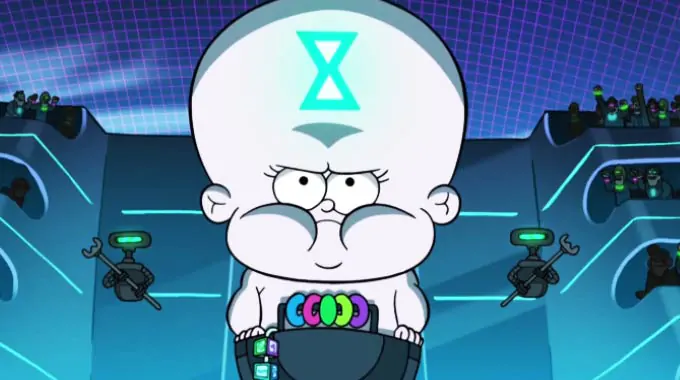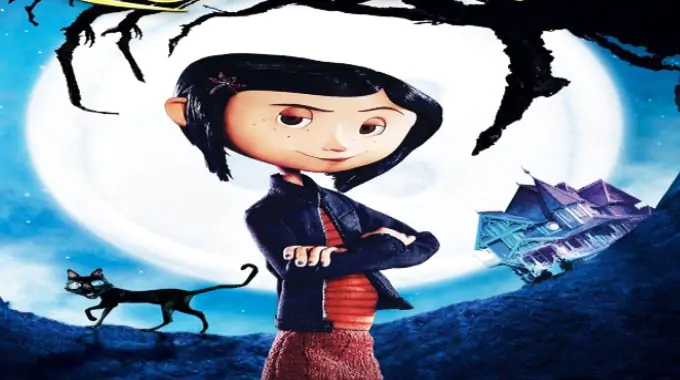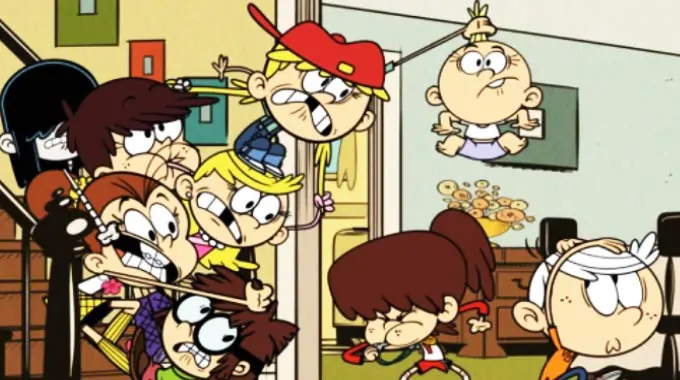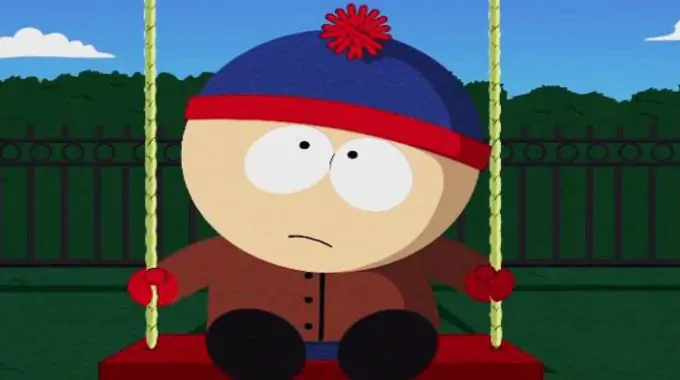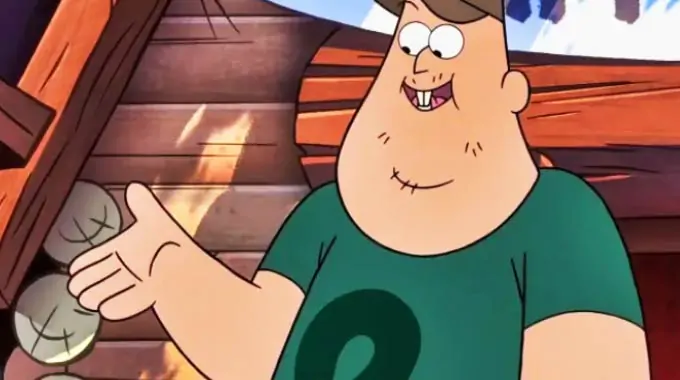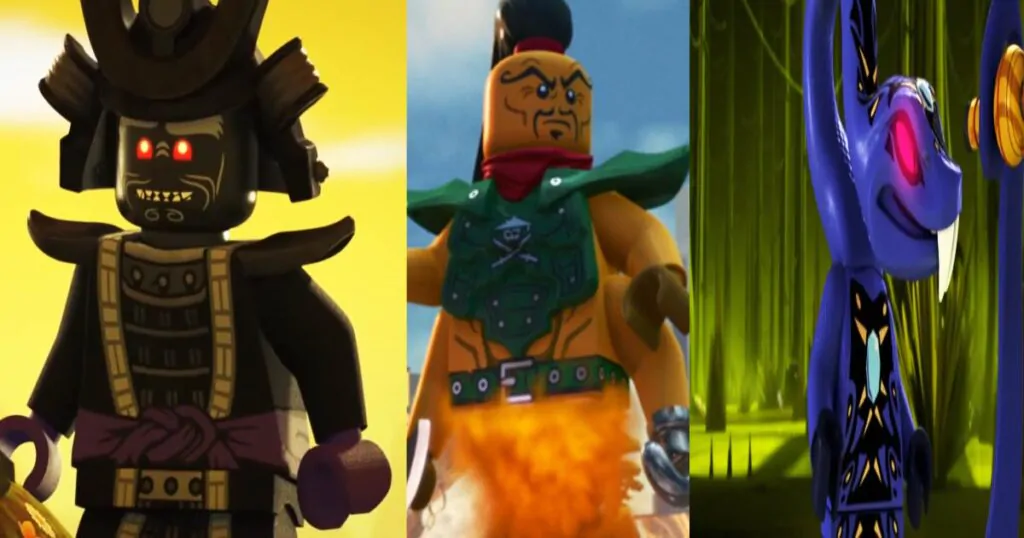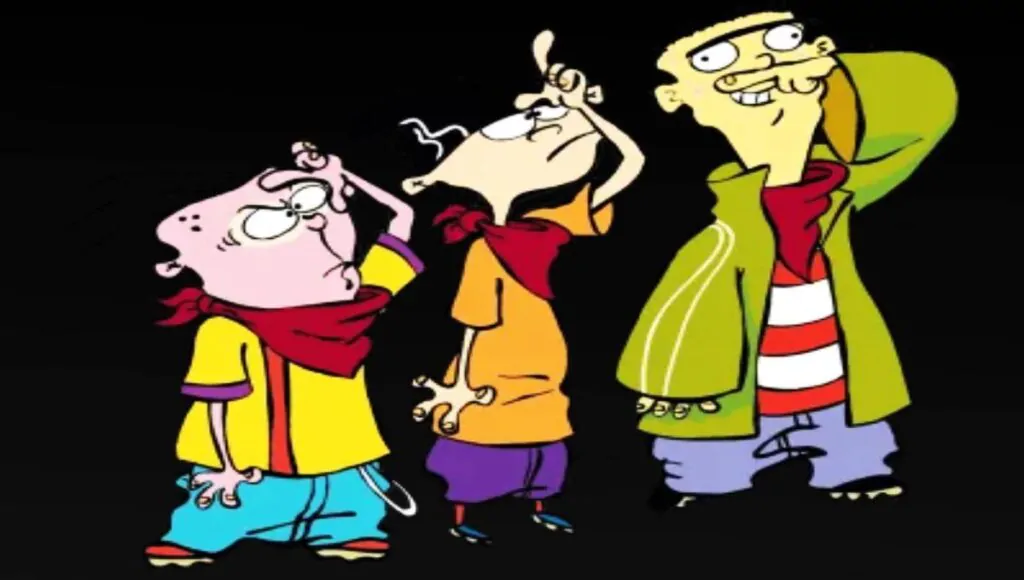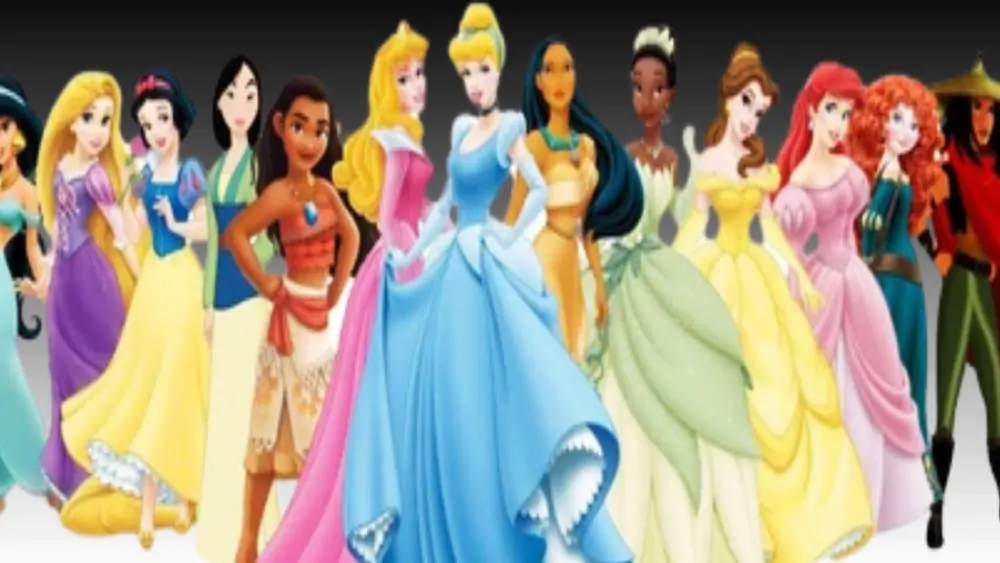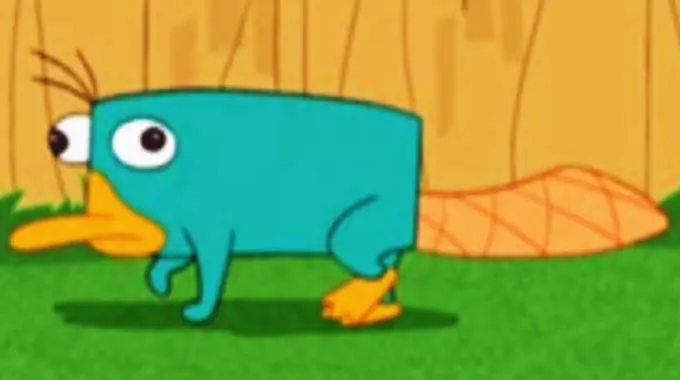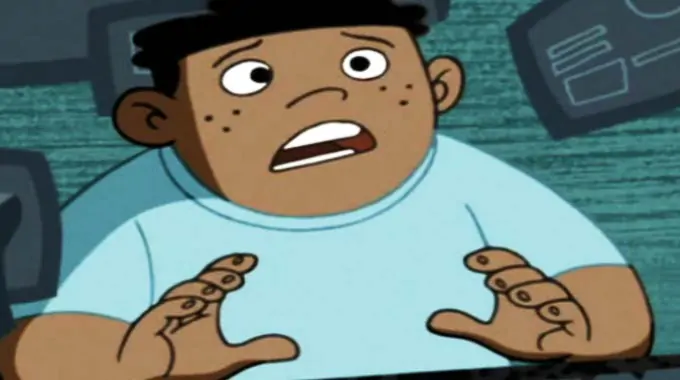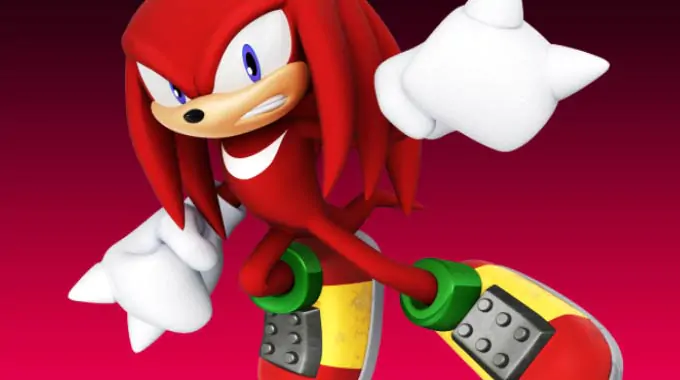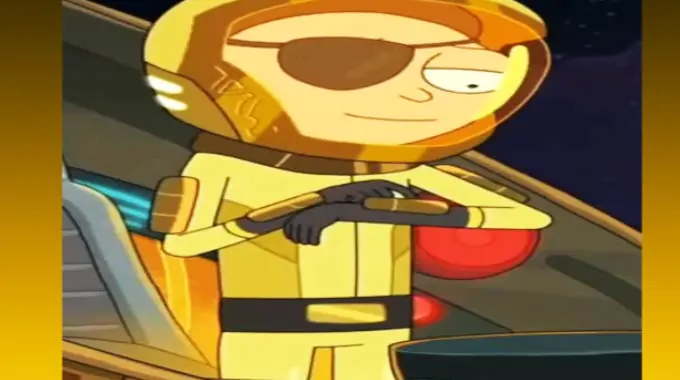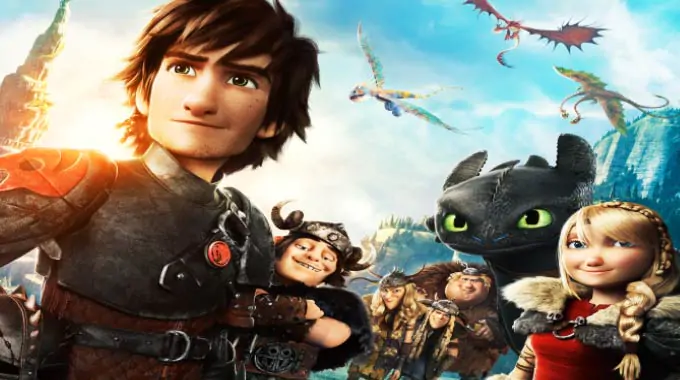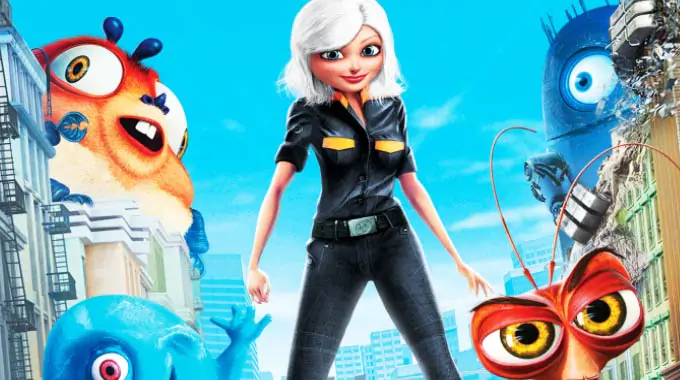List of Inside Out Characters Facts:-
“Inside Out” is a 2015 computer-animated film produced by Pixar Animation Studios and released by Walt Disney Pictures.
The film was directed by Pete Docter, who also co-wrote the screenplay along with Meg LeFauve and Josh Cooley.
“Inside Out” is the 15th film produced by Pixar Animation Studios.
The film’s plot centers around the emotions of an 11-year-old girl named Riley, specifically Joy, Sadness, Anger, Fear, and Disgust, who live inside her mind.
The film was inspired by Pete Docter’s own experiences with his daughter’s changing emotions as she grew up.
The character of Joy was voiced by actress Amy Poehler, while Sadness was voiced by Phyllis Smith.
Lewis Black provided the voice of Anger, Bill Hader voiced Fear, and Mindy Kaling voiced Disgust.
The film’s world premiere was held on May 18, 2015, at the Cannes Film Festival in France.
“Inside Out” was released in the United States on June 19, 2015.
The film was a critical and commercial success, grossing over $857 million worldwide.
“Inside Out” won the Academy Award for Best Animated Feature in 2016.
The film’s musical score was composed by Michael Giacchino, who also composed the music for several other Pixar films, including “Up” and “Ratatouille.”
The character designs for the emotions were based on basic shapes and colors, with Joy being a star, Sadness being a teardrop, Anger being a fire brick, Fear being a raw nerve, and Disgust being a broccoli stalk.
The film’s production design was influenced by the work of artist Mary Blair, who created concept art for several classic Disney animated films, including “Alice in Wonderland” and “Peter Pan.”
The film’s setting is based on the real-life city of San Francisco, where Pixar Animation Studios is located.
The film’s production team consulted with several psychologists and neuroscientists to ensure that the depiction of the human mind was accurate and scientifically sound.
“Inside Out” was Pixar’s first original film since “Brave” in 2012, as the studio had released sequels to “Toy Story,” “Cars,” and “Monsters, Inc.” in the intervening years.
The film’s trailer, which featured only the emotions and not any of the human characters, was released in October 2014 and quickly went viral.
The film’s opening sequence, which shows the emotions of a baby’s mind, was based on research by psychologist Darcia Narvaez.
The character of Bing Bong, Riley’s imaginary friend, was inspired by director Pete Docter’s own childhood imaginary friend, who was also named Bing Bong.
The film’s end credits include a dedication to the memory of Dan Hansen, a Pixar animator who passed away in 2013.
The film was released in both 2D and 3D formats.
The film’s merchandise included a line of Funko Pop! vinyl figures of the emotions and other characters.
The film’s marketing campaign included a series of short videos featuring the emotions reacting to real-life situations, such as the birth of Prince William and Kate Middleton’s baby.
The film’s theme of emotional awareness and mental health has been praised by mental health experts and educators.
The film’s success helped cement Pixar’s reputation as one of the leading animation studios in the world.
Joy is one of the main characters in “Inside Out” and represents Riley’s happiness and sense of optimism.
Sadness is another main character and represents Riley’s feelings of sadness and loss.
Anger is a hot-headed character who represents Riley’s feelings of frustration and annoyance.
Fear is a character who is easily scared and represents Riley’s feelings of fear and anxiety.
Disgust is a character who is easily repulsed and represents Riley’s feelings of disgust and distaste.
Bing Bong is Riley’s imaginary friend, who is part elephant, part cat, and part dolphin.
Riley Anderson is the 11-year-old girl whose emotions are the focus of the film.
Riley’s parents, Mr. and Mrs. Anderson, are shown briefly in the film but do not have speaking roles.
Jangles the Clown is a terrifying clown who appears in Riley’s nightmares.
Rainbow Unicorn is a colorful unicorn who appears in Riley’s dreams.
Riley’s former best friend, Meg, is mentioned but never seen in the film.
Forgetter Paula is a forgetful character who works in Riley’s long-term memory.
Fritz is a guard who patrols the halls of Riley’s mind.
Frank and Dave are two workers in the “Dream Productions” department of Riley’s mind.
Cool Girl is a character in one of Riley’s fantasies.
Brazilian Helicopter Pilot is a character in one of Riley’s daydreams.
Fritz’s emotions, including his own version of Joy and Anger, are briefly shown in the film.
Riley’s imaginary boyfriend, Jake, is briefly mentioned in the film.
The emotions of other characters, including Riley’s parents, are briefly shown in the film.
The emotions of some of Riley’s classmates are also briefly shown in the film.
The emotions of Riley’s dog, named “Dog,” are briefly shown in the film.
Riley’s hockey team, the “Minnesota Grinders,” are shown briefly in the film.
The emotions of a bus driver are briefly shown in the film.
The emotions of a group of construction workers are briefly shown in the film.
The emotions of a group of adults attending a hockey game are briefly shown in the film.
The emotions of a family of tourists visiting San Francisco are briefly shown in the film.
The emotions of a group of animals in Riley’s mind, including a cat and a bird, are briefly shown in the film.
The emotions of the pizza delivery boy who brings pizza to Riley’s house are briefly shown in the film.
The emotions of a group of teachers and students at Riley’s school are briefly shown in the film.
The emotions of a group of workers at “Imagination Land,” including a unicorn and a dinosaur, are briefly shown in the film.
Joy is voiced by actress Amy Poehler.
Sadness is voiced by actress Phyllis Smith.
Anger is voiced by actor Lewis Black.
Fear is voiced by actor Bill Hader.
Disgust is voiced by actress Mindy Kaling.
Bing Bong is voiced by actor Richard Kind.
Joy’s appearance is based on a star.
Sadness’ appearance is based on a teardrop.
Anger’s appearance is based on a red brick.
Fear’s appearance is based on a raw nerve.
Disgust’s appearance is based on a piece of broccoli.
Bing Bong’s appearance is a combination of several different animals.
Joy has the ability to fly.
Sadness has the ability to turn things blue.
Anger has the ability to shoot fire out of his head.
Fear has the ability to scream loudly.
Disgust has the ability to make people feel sick.
Bing Bong has the ability to create objects out of clouds.
Joy’s catchphrase is “Think positive!”
Sadness is often seen crying or moping.
Anger’s catchphrase is “That’s it, I’m done.”
Fear is often seen cowering or running away.
Disgust’s catchphrase is “Gross!”
Bing Bong is known for his catchy jingle, “Who’s your friend who likes to play?”
Joy is the first emotion to be created in Riley’s mind.
Sadness is the last emotion to be created in Riley’s mind.
Anger is the quickest to react to a situation.
Fear is the most cautious of the emotions.
Disgust is the most critical of the emotions.
Bing Bong is the oldest of Riley’s imaginary friends.
Joy is the leader of the emotions and takes charge in difficult situations.
Sadness often feels left out and doesn’t believe she has an important role to play.
Anger is very protective of Riley and reacts strongly to situations he perceives as a threat.
Fear is easily frightened but also thinks ahead to avoid potential dangers.
Disgust is concerned with Riley’s social status and often judges others based on their appearance or behavior.
Bing Bong’s full name is Bing Bong the Imaginary Friend.
Joy has a tendency to overlook Sadness’ importance and tries to keep her from getting involved in situations.
Sadness helps Riley connect with others by allowing her to express her feelings of vulnerability and sadness.
Anger’s presence can be overwhelming and cause other emotions to feel neglected.
Fear’s cautiousness can prevent Riley from taking risks and trying new things.
Disgust’s focus on appearances can lead to shallow judgments of others.
Bing Bong’s friendship with Riley represents her childhood innocence and sense of wonder.
Joy’s arc in the film is learning to accept the importance of Sadness and the value of all emotions.
Sadness’s arc in the film is learning to see the positive aspects of sadness and how it can lead to emotional growth and connection with others.
Anger’s arc in the film is learning to control his anger and to appreciate the other emotions’ perspectives.
Fear’s arc in the film is learning to take risks and trust in the other emotions.
Disgust’s arc in the film is learning to look beyond appearances and to see the value in others.
Bing Bong’s arc in the film is accepting the fact that he is no longer needed by Riley and sacrificing himself to help Joy and Sadness.
Joy’s appearance changes throughout the film to reflect her emotional journey.
Sadness’s appearance changes throughout the film to reflect her growing confidence and sense of purpose.
Anger’s appearance changes throughout the film to reflect his growing understanding of the other emotions.
Fear’s appearance changes throughout the film to reflect his growing bravery and willingness to take risks.
Disgust’s appearance changes throughout the film to reflect her growing empathy and acceptance of others.
Bing Bong’s appearance changes throughout the film to reflect his growing understanding of the importance of memories and his role in Riley’s life.
Joy’s color scheme is mainly yellow and blue, reflecting her optimistic and calming nature.
Sadness’s color scheme is mainly blue, reflecting her melancholic and calming nature.
Anger’s color scheme is mainly red, reflecting his fiery and intense nature.
Fear’s color scheme is mainly purple, reflecting his cautious and observant nature.
Disgust’s color scheme is mainly green, reflecting her judgmental and critical nature.
Bing Bong’s color scheme is mainly pink and orange, reflecting his childlike and whimsical nature.
